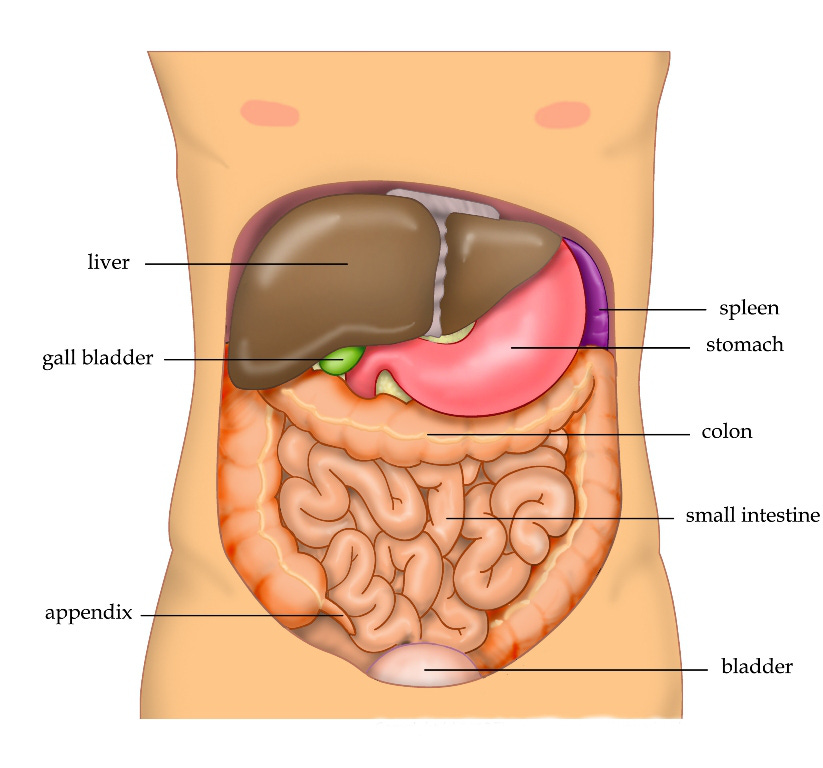The Hepatic Panel
Keeping it Simple
You can’t avoid doctors if you know how to interpret blood work.
In a previous article we discussed interpretation of kidney blood work. Today we’ll discuss liver blood work.
First, we’ll discuss the function of the liver.
The liver is one of the largest organs in the body. It sits in the right upper quadrant of the abdomen with the gallbladder tucked up under it. It serves many different functions.
Bile excretion - bile is a chemical made and excreted by the liver and stored in the gallbladder. It aids in digestion.
Metabolism of chemicals - everything absorbed by the GI tract passes through the liver via the portal vein.
Regulate blood levels of amino acids, clotting factors, cholesterol, proteins, and other things within the blood.
Storage of glucose - glucose is converted to glycogen in the liver, storing it to be used when needed.
These are just a few of the functions of the liver. Entire books are written on this organ if you’re interested. Going into detail is beyond the scope of this article.
A hepatic or liver panel is a good thing to check every 6 months to 1 year depending on your age. Some of the things we discuss may be included in a complete metabolic panel (CMP) or basic metabolic panel (BMP) depending on the protocol.
Let’s get into it.




